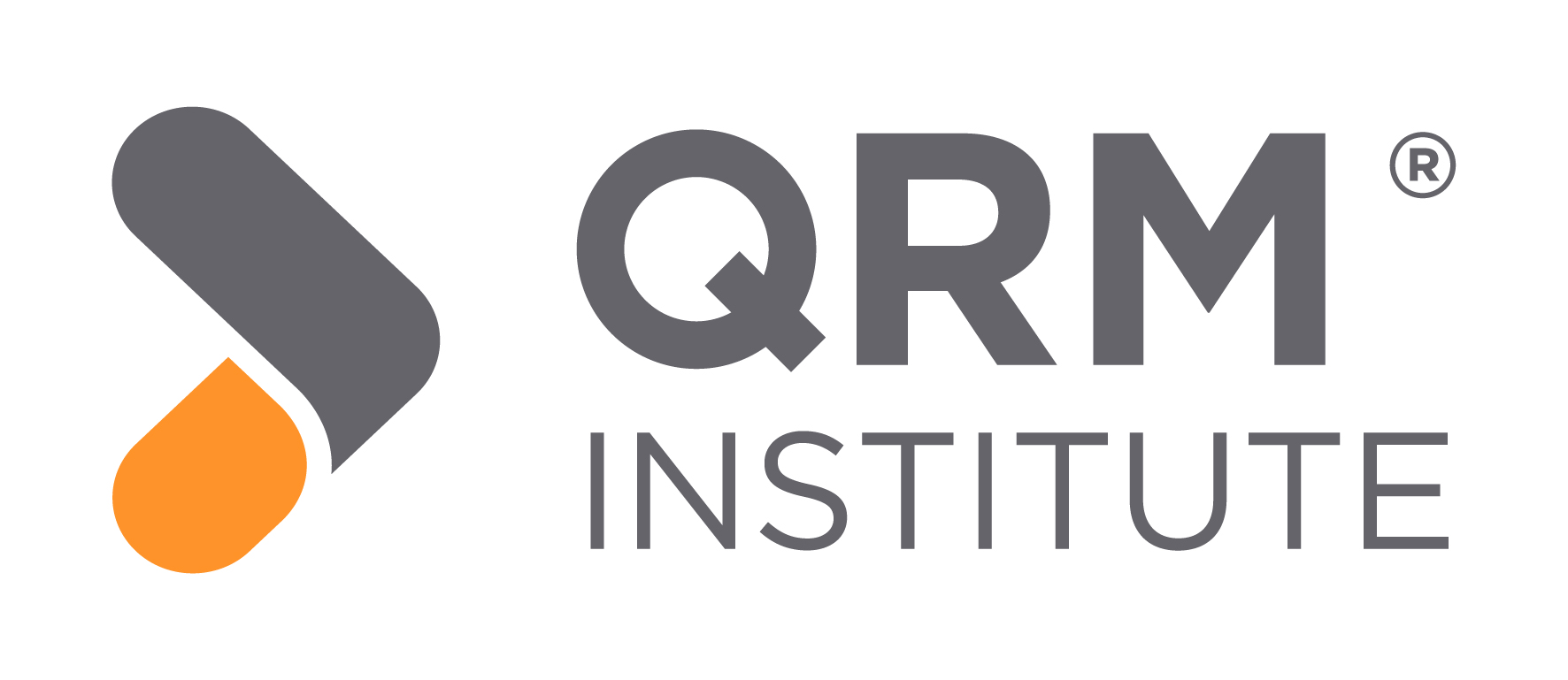Why you shouldn’t aim for perfection

By Pascal Pollet – Sirris, Belgium
Aiming for perfection sounds interesting, but it can also be a pitfall. Economically speaking, perfection appears to be far from ideal.
“Always aim for perfection” is a well-known management principle. Frequently used terms such as ‘zero defects’, ‘zero inventories’, ‘First Time Right’ are illustrations of this pursuit of perfection.
Achieving perfection has clear advantages, but strangely enough also a number of disadvantages. Let’s first take a look at what perfection brings. As the products and services no longer have any defects in the perfect world, the customer will – hopefully – want to pay more for these products. In addition, some costs will also decrease. For example, the cost of ‘rework’ will disappear. The relationship between perfection and economic yield is represented by the blue line in the figure below. The more perfect the situation becomes, the greater the economic yield.
However, this increase is gradually leveling off, as each additional improvement gradually yields less and less. This is illustrated by the evolution of digital cameras. There used to be a large difference in quality between a 2 megapixel and a 4 megapixel camera, which could justify a considerable price difference. Nowadays, the difference between a 20 and 22 megapixel camera hardly matters at all. Economists call this phenomenon ‘the law of diminishing marginal utility’.

Disadvantages of perfection
However, besides the advantages there are also a number of disadvantages. Achieving perfection is not easy and as you approach perfection, it becomes increasingly difficult to improve even further. The low hanging fruit has already picked, so to speak. The relationship between perfection and economic costs is shown by the red line in the figure above. Here we see an increasing rise in costs as perfection is achieved. As more and more effort is required in order to improve even more. This phenomenon corresponds to the economic law of diminishing returns.
The final profit is the difference between the proceeds and the costs. The diagram shows that the profit reach a maximum level when you’re not in the perfect condition. Even more, in perfect condition it seems that you are going to suffer loss, as the proceeds do not outweigh the high costs. So perfection is not ideal. You could argue that good is better than perfect. The economic walhalla is not achieved by aiming for perfection, but by carefully balancing the additional benefits against the additional costs of an improvement action.
Simplicity rewards the most
A second conclusion is revealed in the diagram. You will achieve the highest return on your investments by taking the first steps. These are usually simple steps with a low cost. The more advanced steps you take, the smaller the additional added value becomes. So don’t try to improve by taking advanced steps, as long as there is room to do simple business. It turns out that simplifying your production is often a powerful means to book progress. “Simplicity is the ultimate sophistication”, said Leonardo Da Vinci already in his time.
In complex high-mix low-volume environments, simplifying production is less obvious to many. A good approach for these complex environments is quick response manufacturing (QRM). QRM is an emerging production strategy that aims to shorten lead times by simplifying complexity.
(Source photo above and in LinkedIn post: by kjpargeter – www.freepik.com)
Want to find out more about QRM?
